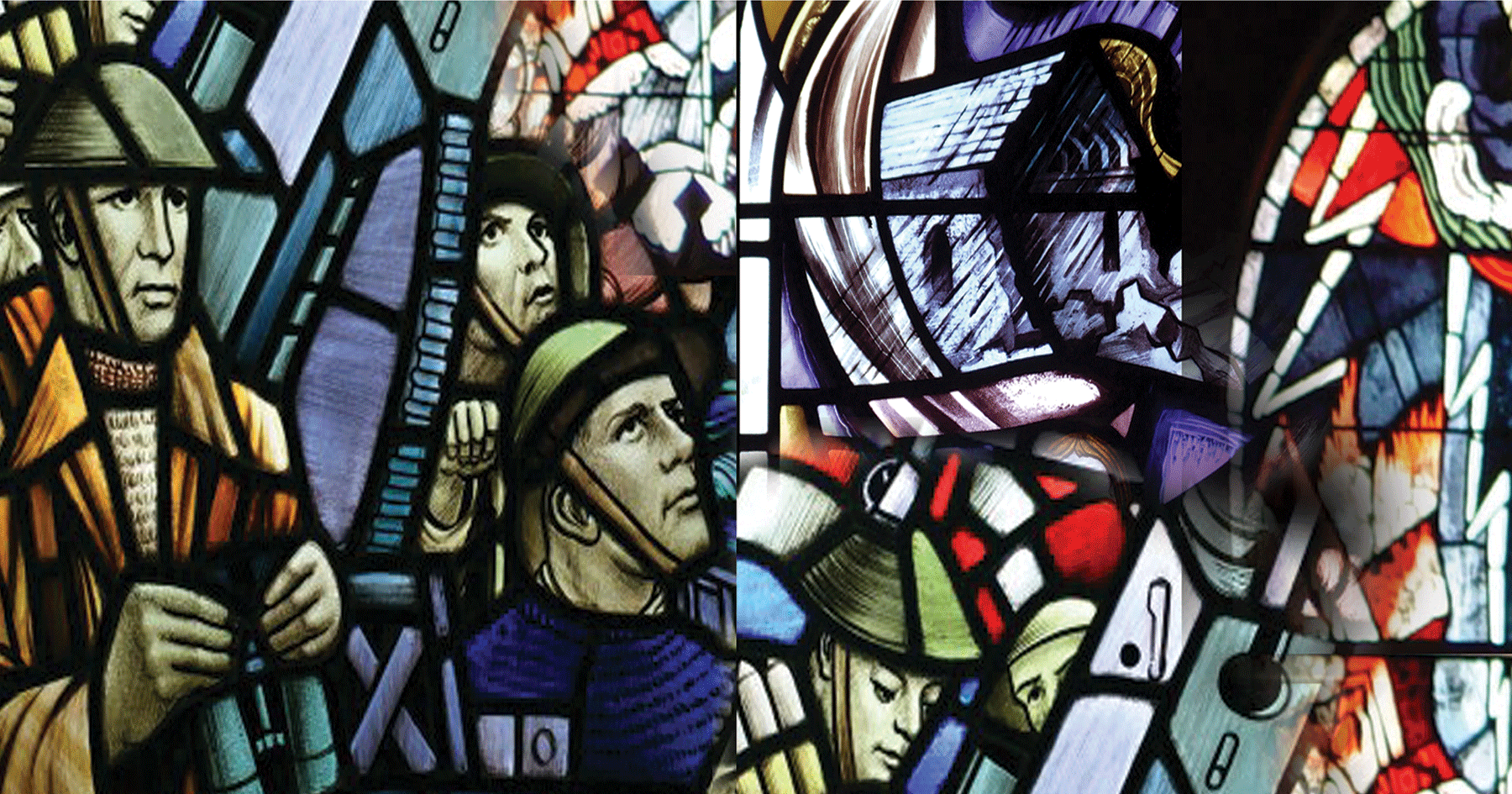The stained glass that we see in church windows usually tells one of the stories
found in the gospels. Before the general population became literate, stained glass windows in churches were used to illustrate the gospels and were referred to as the “Poor man’s Bible.”
The earliest known stained glass windows were installed in 675 AD when
Benedict Bishop imported workmen from France to glaze the windows of the monastery of St Peter which he was building at Monkwearmouth. Hundreds of pieces of coloured glass and lead dating back to the late 7th century have been discovered there.
We associate stained glass windows with the great cathedrals of Europe. Many of the designs used in North American churches have their origins in Europe. A hundred or so years ago when congregations wanted to install their churches with stained glass they selected premade designs from a catalogue which was then shipped over here by boat.
Today, whenever stained glass windows are considered for a new building or structure, visual artists are contracted for original designs. The themes of the
new works often utilize light in their approach to illustrate gospel concepts.
Whether it is the pictorial representation of the gospels or universal concepts of creation, stained glass takes on an added dimension, as light streams through them adding ambiance to a place of worship. The ‘Light of God’ is expressed as a metaphor and as a reality.
Editor’s note: Over the last few years I have collected one hundred and fifty
stained glass images from around the world that illustrate our three year lectionary cycle. This month I have included four of them in The HighWay, along with the designated gospel reading for each Sunday in Lent.


